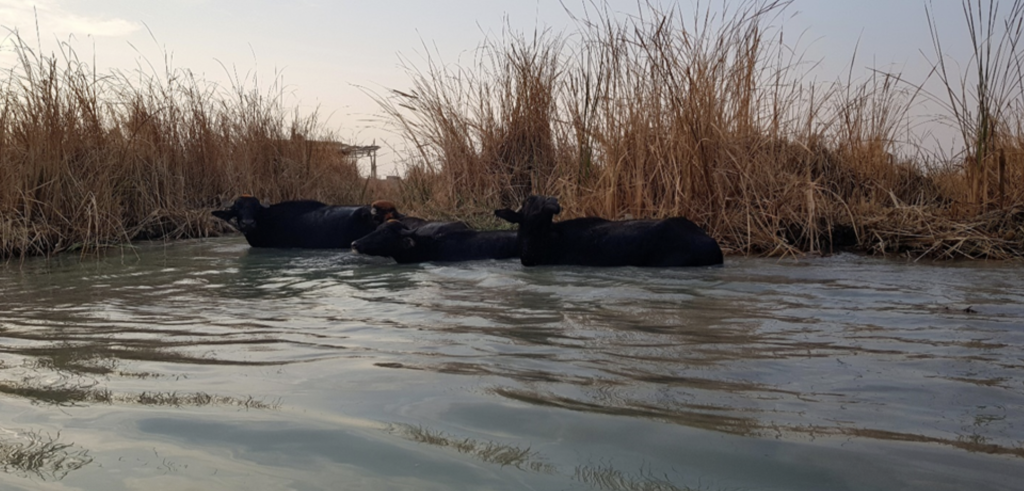Halgurd-Sakran Overview
Halgurd-Sakran National Park, located in the northeastern region of Iraq, is the country’s largest protected area, covering approximately 425 square miles (1,100 square kilometers).
Situated in the rugged Zagros Mountains near the border with Iran, the park is named after its two highest peaks, Halgurd and Sakran, with Halgurd standing as Iraq’s tallest mountain at about 12,241 feet (3,731 meters).
The park’s landscape is defined by dramatic mountain ridges, deep valleys, alpine meadows, and seasonal rivers, creating a stunning contrast between lush greenery in spring and snow-covered peaks in winter. The region is home to an array of wildflowers, including endemic species, along with forests of oak and pistachio trees that provide vital habitats for wildlife.
The park is a crucial refuge for a variety of wildlife, including Persian leopards, wild goats, and brown bears. Other notable mammals found in the region include wolves, foxes, and wild boars, which roam through the rocky terrain and forested slopes.
Birdlife is equally diverse, with golden eagles, lammergeiers, and various species of vultures soaring over the rugged cliffs. Smaller birds such as chukar partridges and different finches can also be spotted throughout the park. Due to its remote and less-disturbed nature, Halgurd-Sakran serves as a critical biodiversity hotspot for Iraq, offering a rare glimpse into the country’s native flora and fauna.
Visitors to the park can engage in a range of activities, including hiking, mountaineering, and wildlife observation. Trekking routes lead adventurers through breathtaking scenery, with paths winding past glacial lakes, alpine pastures, and cascading waterfalls.
The climb to the summit of Mount Halgurd is a challenging yet rewarding experience, providing panoramic views of the Zagros range and the surrounding valleys. In the spring and early summer, the park’s meadows burst into color as wildflowers bloom, making it a prime destination for nature lovers and photographers. The region’s cultural history is also of interest, with traces of ancient settlements and nomadic traditions still evident among local communities.
Despite its natural beauty, Halgurd-Sakran National Park faces several conservation challenges, including habitat destruction, poaching, and the impact of climate change. Efforts to protect the park’s ecosystems have been growing in recent years, with increased awareness of the importance of preserving Iraq’s natural heritage.
Conservation programs have focused on reforestation, anti-poaching measures, and community engagement to ensure sustainable tourism and protection of endangered species. The park’s potential for ecotourism also presents an opportunity to balance conservation efforts with economic benefits for local populations.
Halgurd-Sakran National Park is a rare and breathtaking wilderness area in Iraq, offering visitors an opportunity to explore towering peaks, diverse wildlife, and unspoiled landscapes. It remains one of the country’s most important conservation areas, drawing adventurers, researchers, and nature lovers alike.











































































